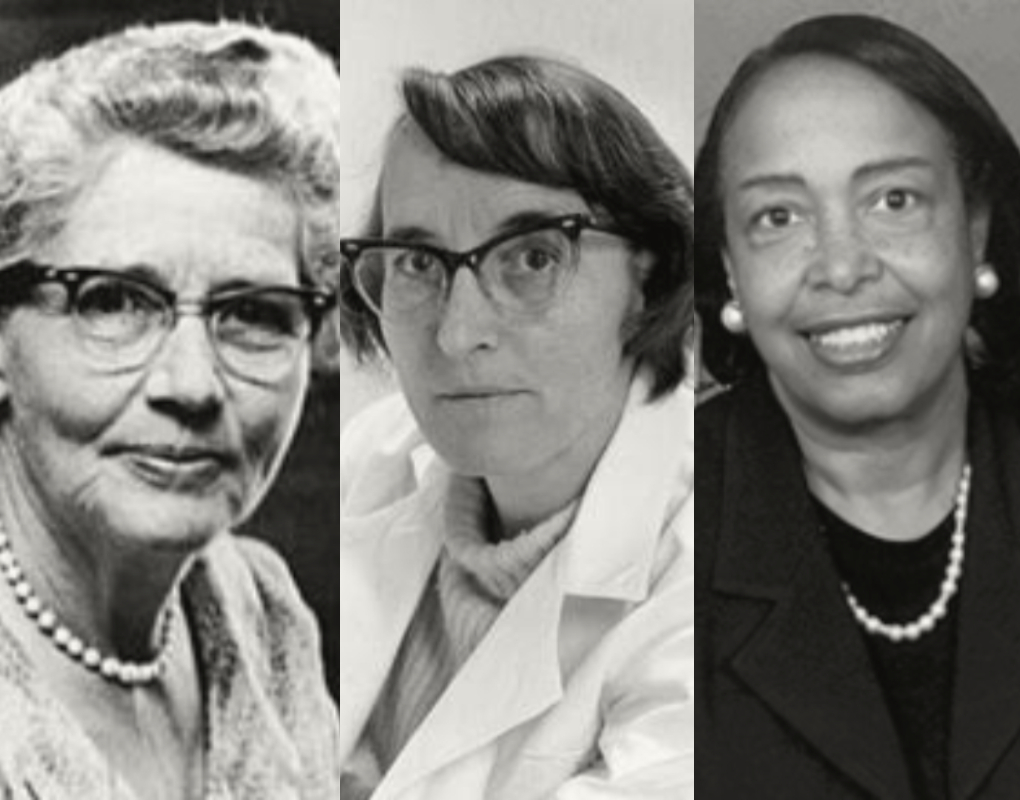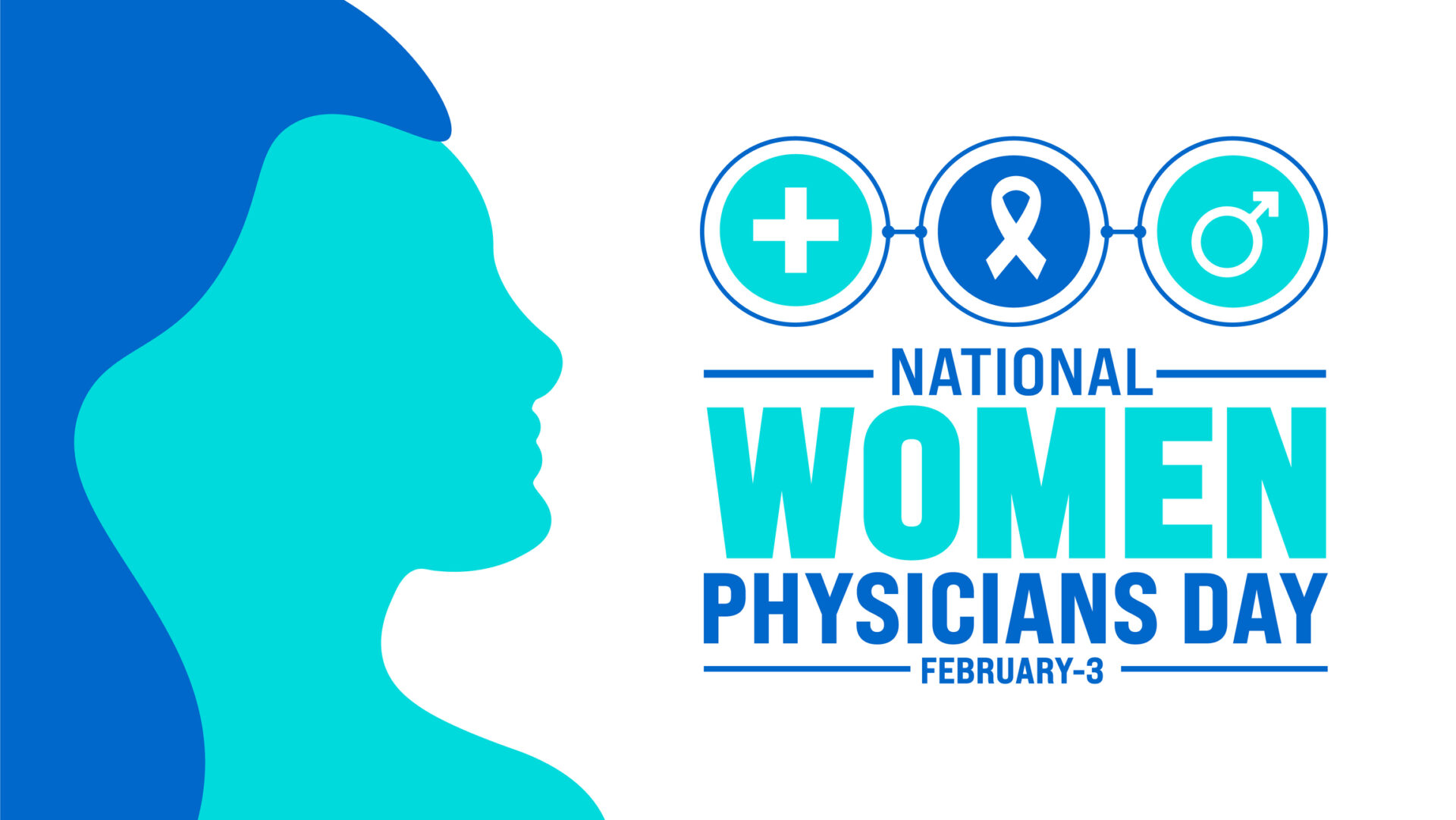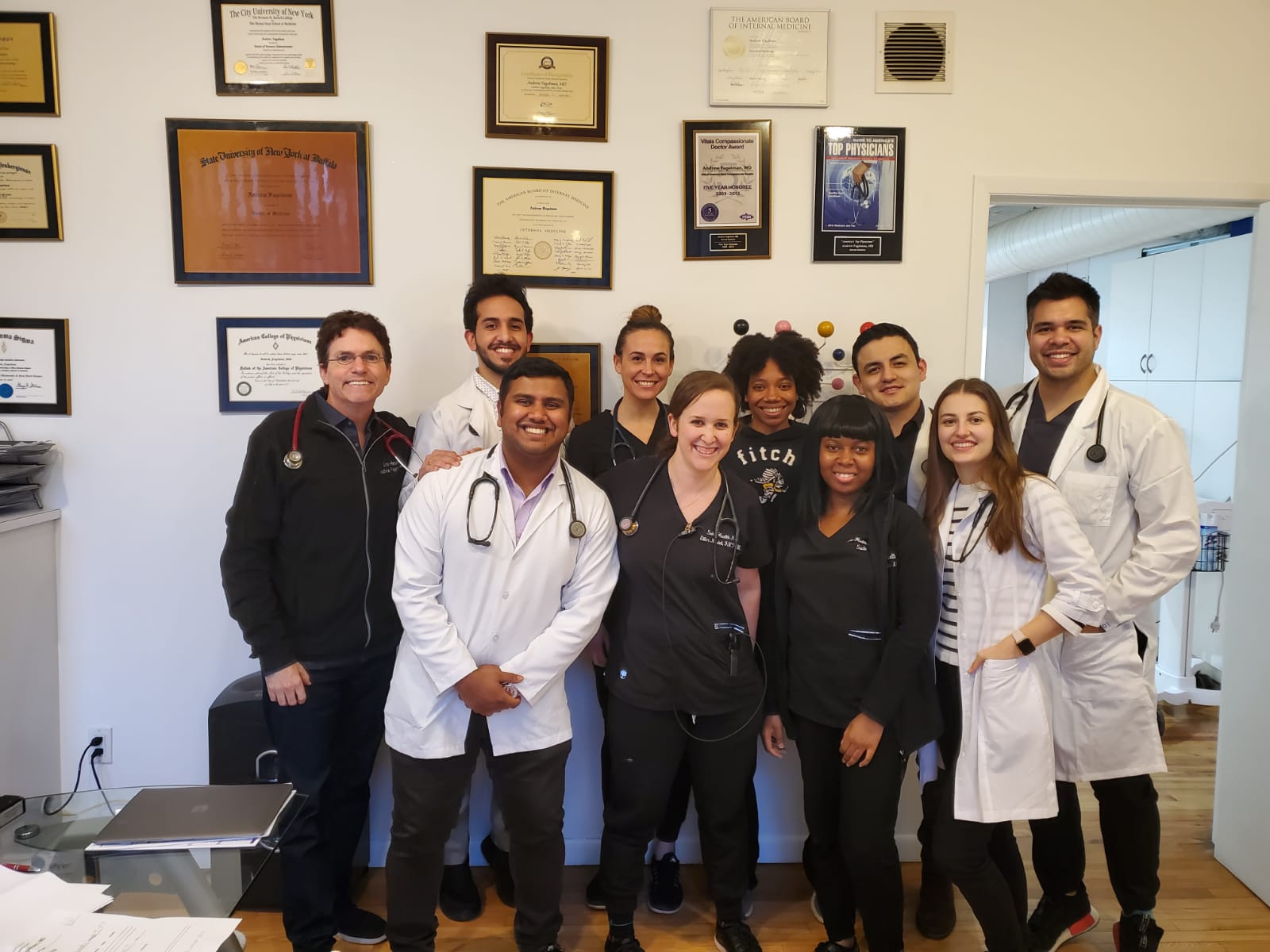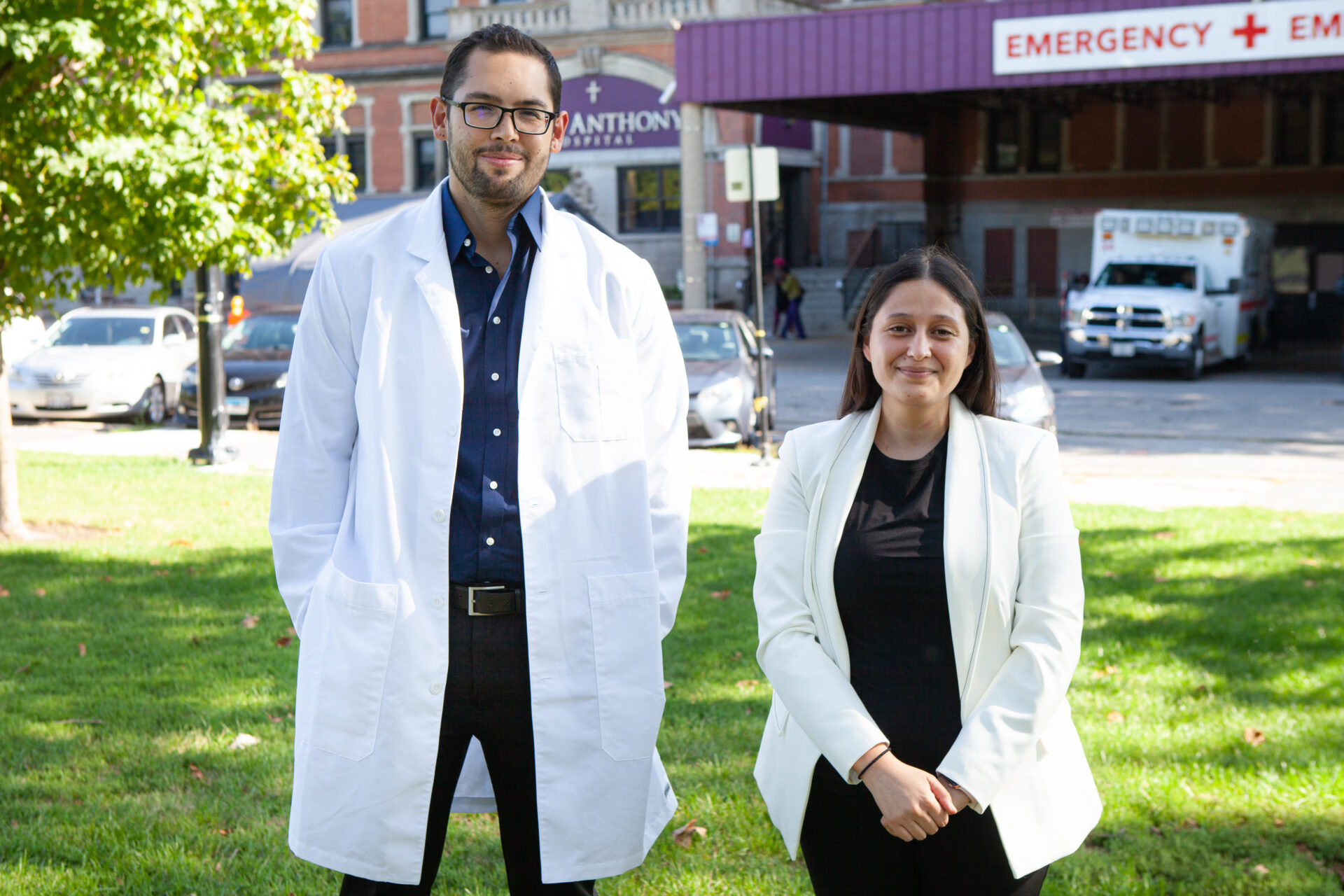Overcoming Obstacles; Achieving Greatness
To celebrate the third week of Women’s History Month, we want to highlight female physicians who overcame significant obstacles while pursuing their medical education. From dyslexia to a lack of family support, from battling racism to sexism, these women conquered more than just their medical degrees while making a lasting impact on medicine.
Dr. Helen Brooke Taussig (1898-1986)

Dr. Helen Brooke Taussig is most recognized for her work in pediatric cardiology, specifically her work to correct “blue baby” syndrome caused by congenital heart defects. Before her operating days, Dr. Taussig grew up in Cambridge Massachusetts. Her success in life began at early age through Tennis and academia, despite her struggle with dyslexia. She graduated from Hopkins in 1927. Although she lost her hearing by the time she was through with schooling, Dr. Taussig became immediately successful in pediatrics with help from hearing aids. Her contribution to pediatric cardiology won her the position of President of the American Heart Association in 1965, in addition to a position as a professor at her alma mater. Click here to learn more about Dr. Taussig’s research into pediatric congenital heart defects.
Dr. Elisabeth Kübler-Ross (1926-2004)

Unlike many women profiled this month, Dr. Kübler-Ross’ medical education was not supported by her loved ones. Her father forbade her studies in this area. Despite this obstacle, Dr. Kübler-Ross found her beginnings at refugee hospitals during World War II. She was specifically interested in the terminally ill and how they were cared for at these hospitals. This inspired her to get a degree in psychiatry. Eventually, Dr. Kübler-Ross’s focus sharpened to study death, dying, and grief. She proposed that death be considered a normal passage of life. Dr. Kübler-Ross went on to write a book, On Death and Dying, receiving equal amounts of praise and criticism. To learn more about Kübler Ross’s interviews, click here.
Dr. Patricia Bath (1942-Present)

Dr. Patricia Bath dedicated her life to the undeserved and pursuing ophthalmology–a field grounded in community medicine, public health, and clinical ophthalmology. She worked hard throughout high school, obtaining awards for her scientific research despite the oppression she felt for her race and gender. Dr. Bath’s most notable research began during her time as an intern at a Harlem Hospital, where she drew a correlation between communities (geography and identity) and health. What she saw specifically was that more individuals of color were blind because their community did not have access to medical care that could prevent it. Dr. Bath worked with community members to introduce methods to test eye heath early on and implemented them in communities that lacked proper medical resources. In her efforts, she founded the American Institute for the Prevention of Blindness. Before her retirement in 1993, Bath founded a method to remove cataracts by way of lasers. Read more about her research here.
At AMO, our goal is to create a more diverse medical field which includes, but is not limited to, female representation. AMO would love to hear your thoughts about Women’s History Month this March in conjunction with females in the medical field. Join the conversation on our Twitter or Instagram. To learn more about the introduction of Women’s History Month and the women who helped to build the world we live in today, click here.
If you are interested in joining the increasingly diverse healthcare system within the U.S., begin by applying for a rotation today!







Leave A Comment